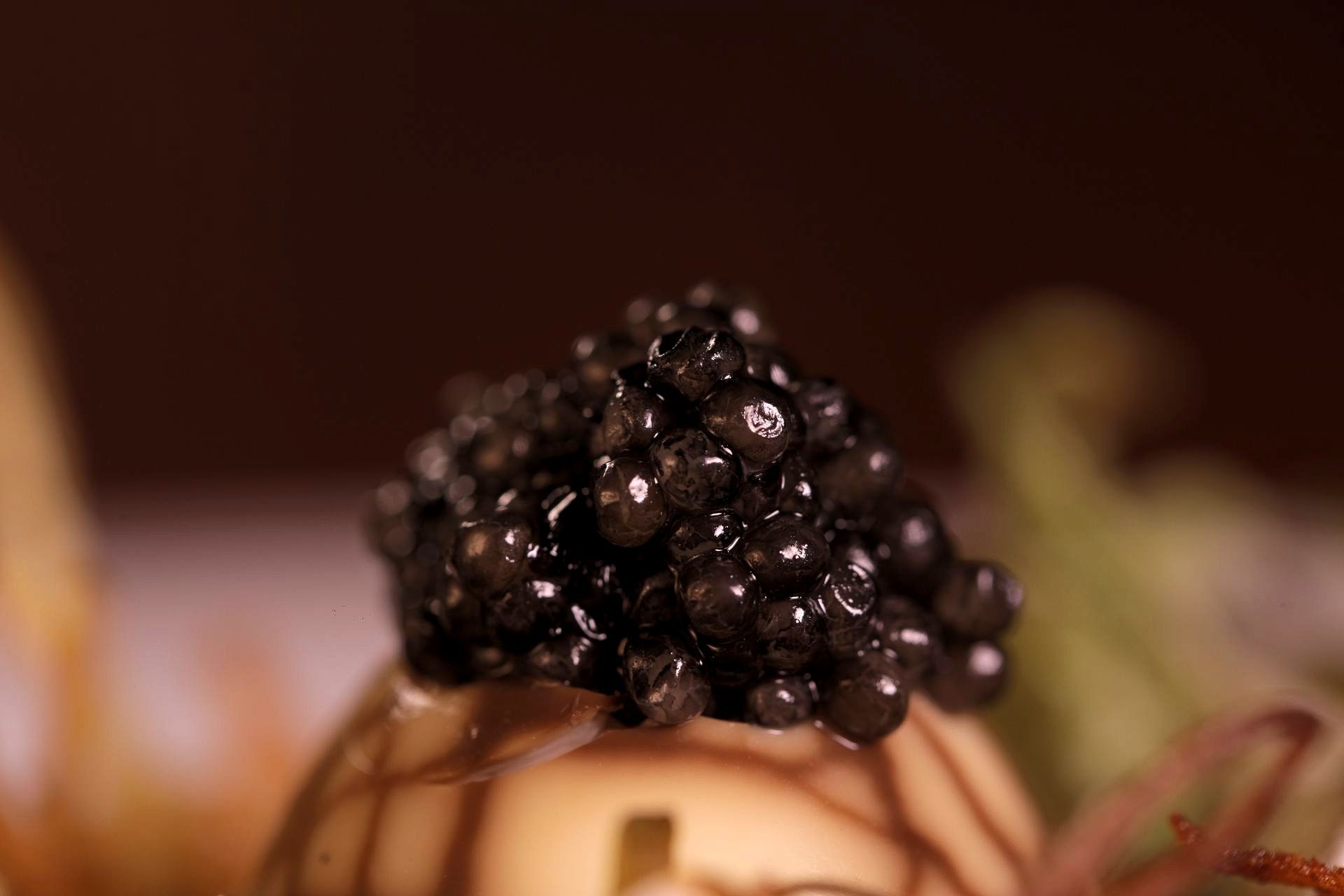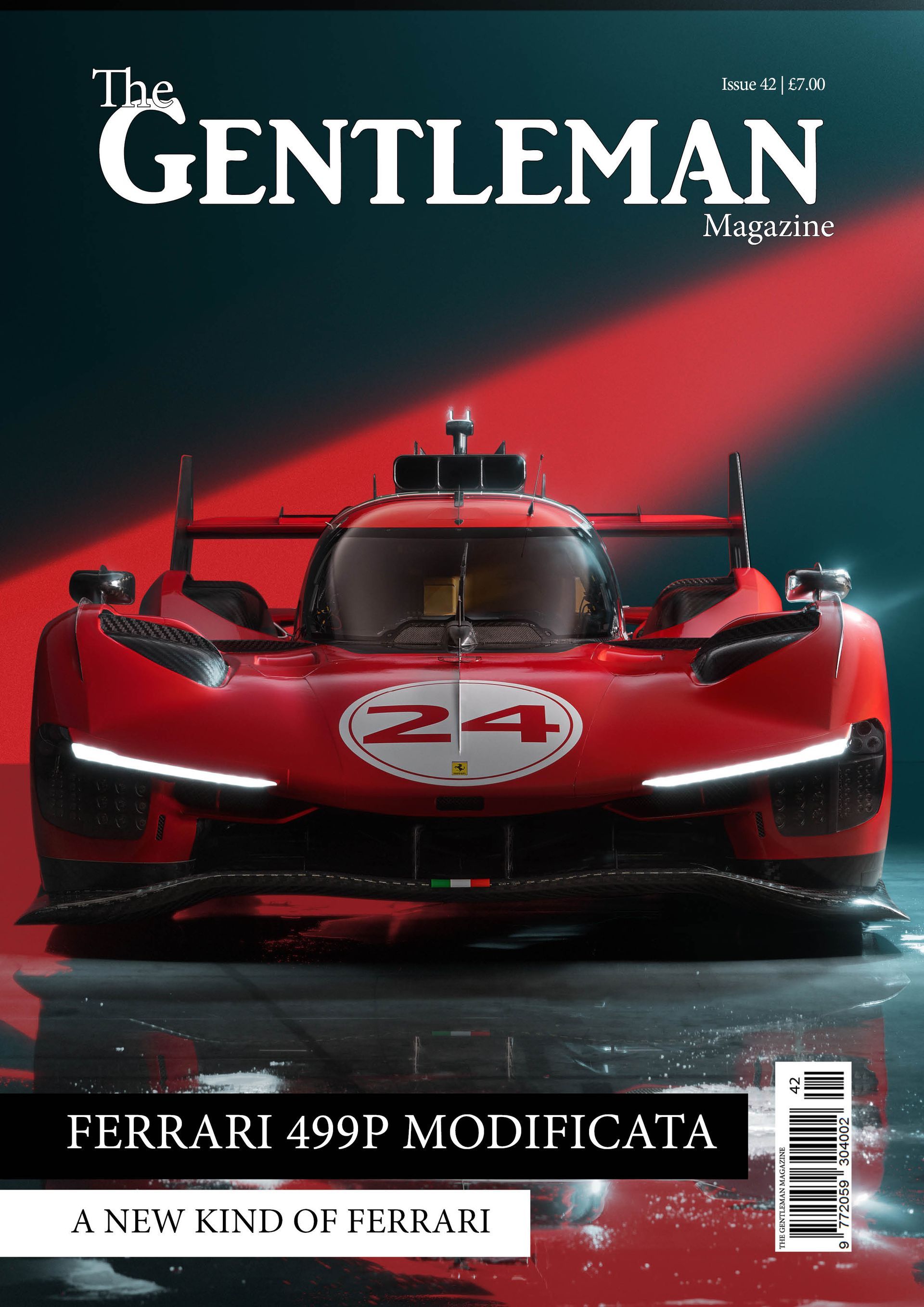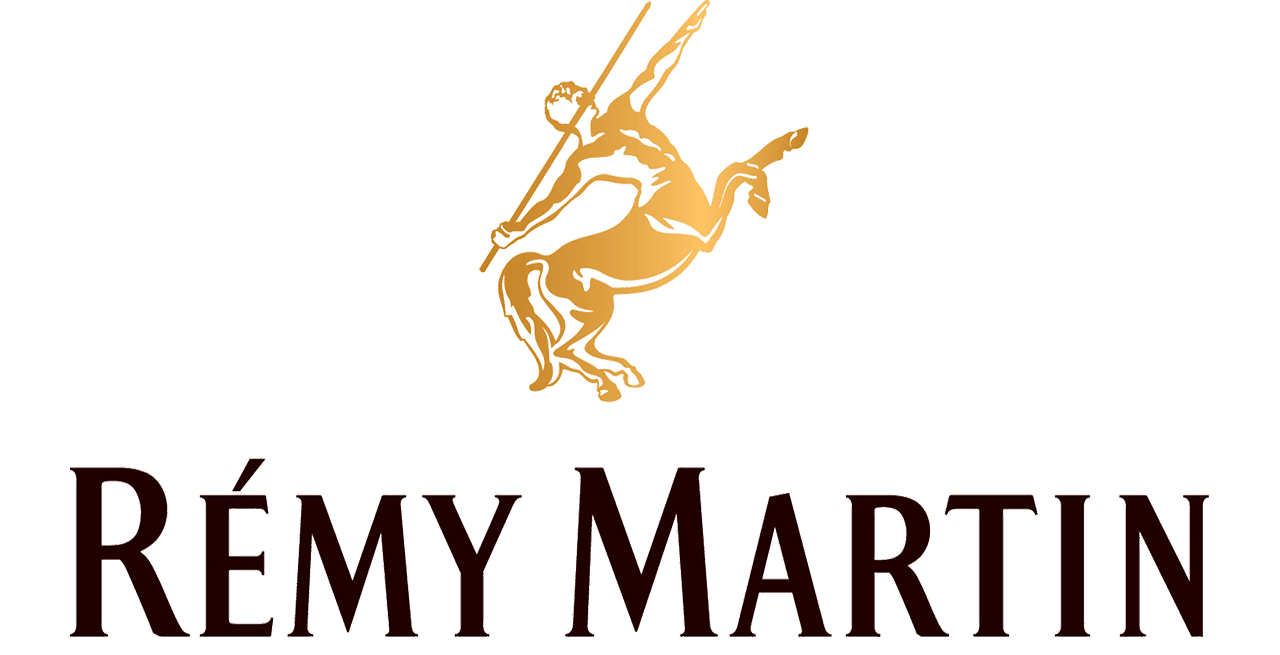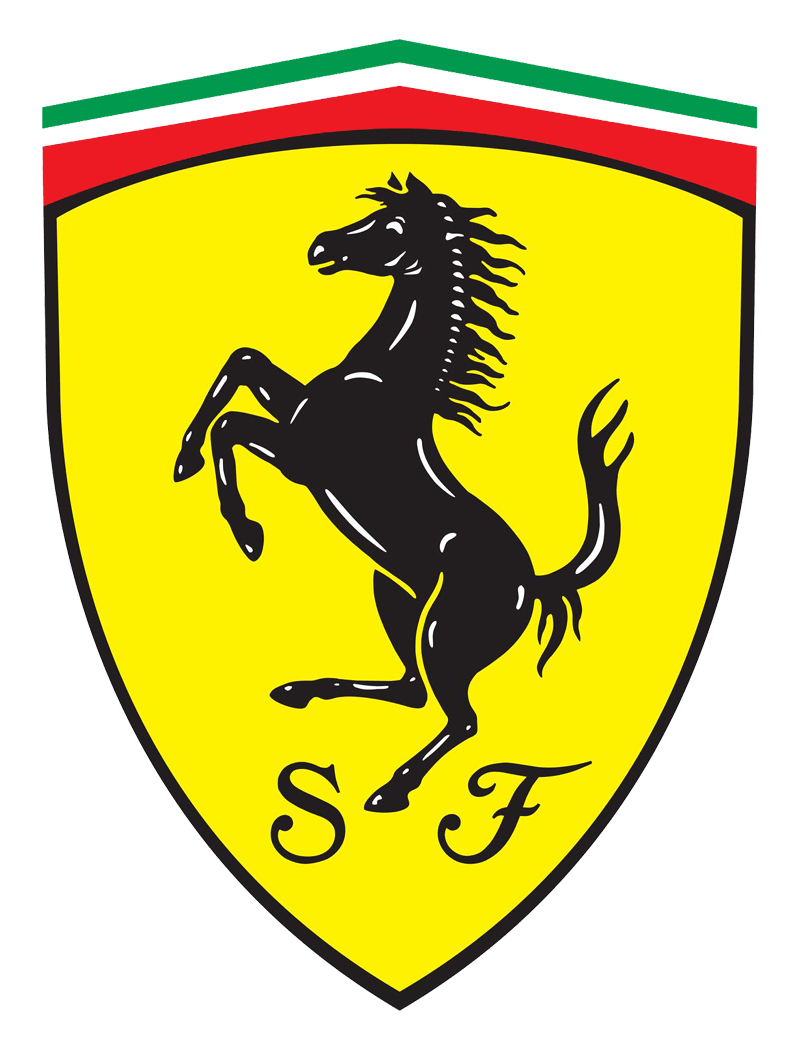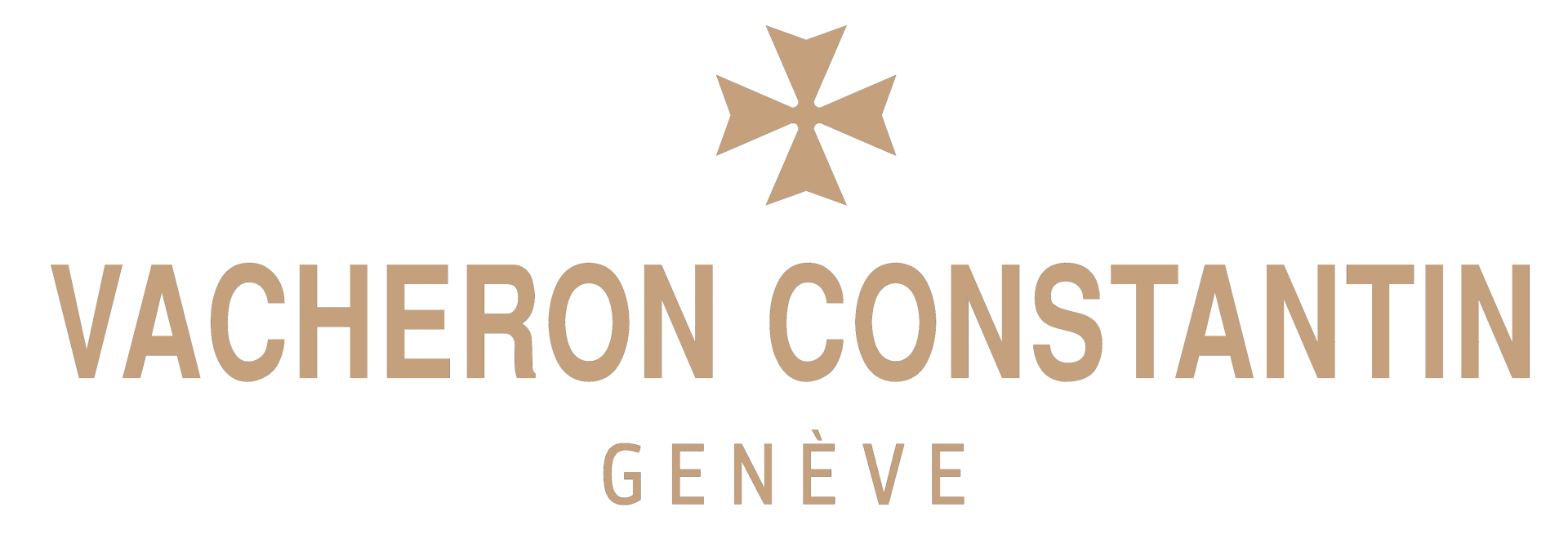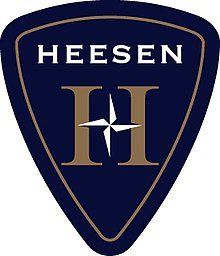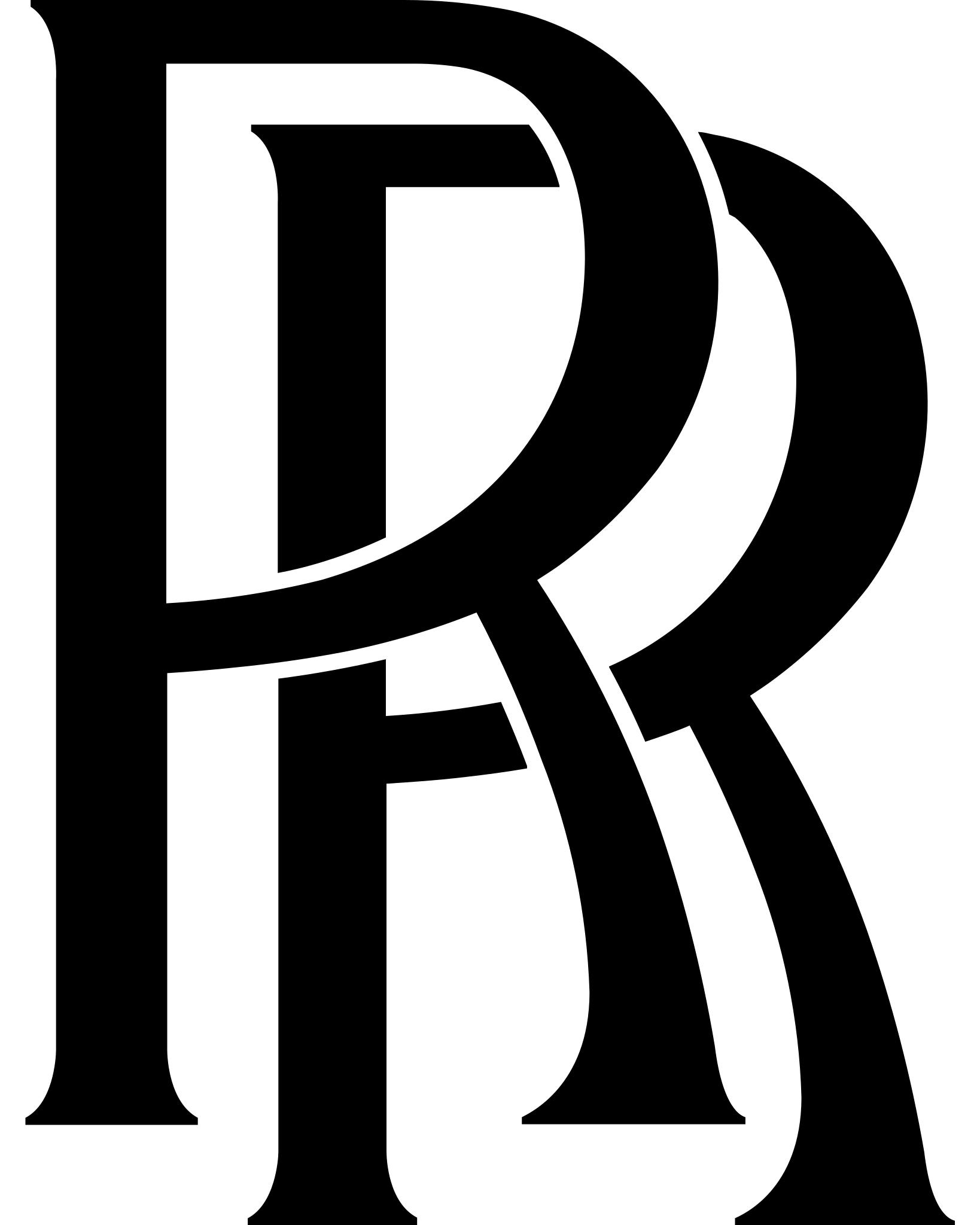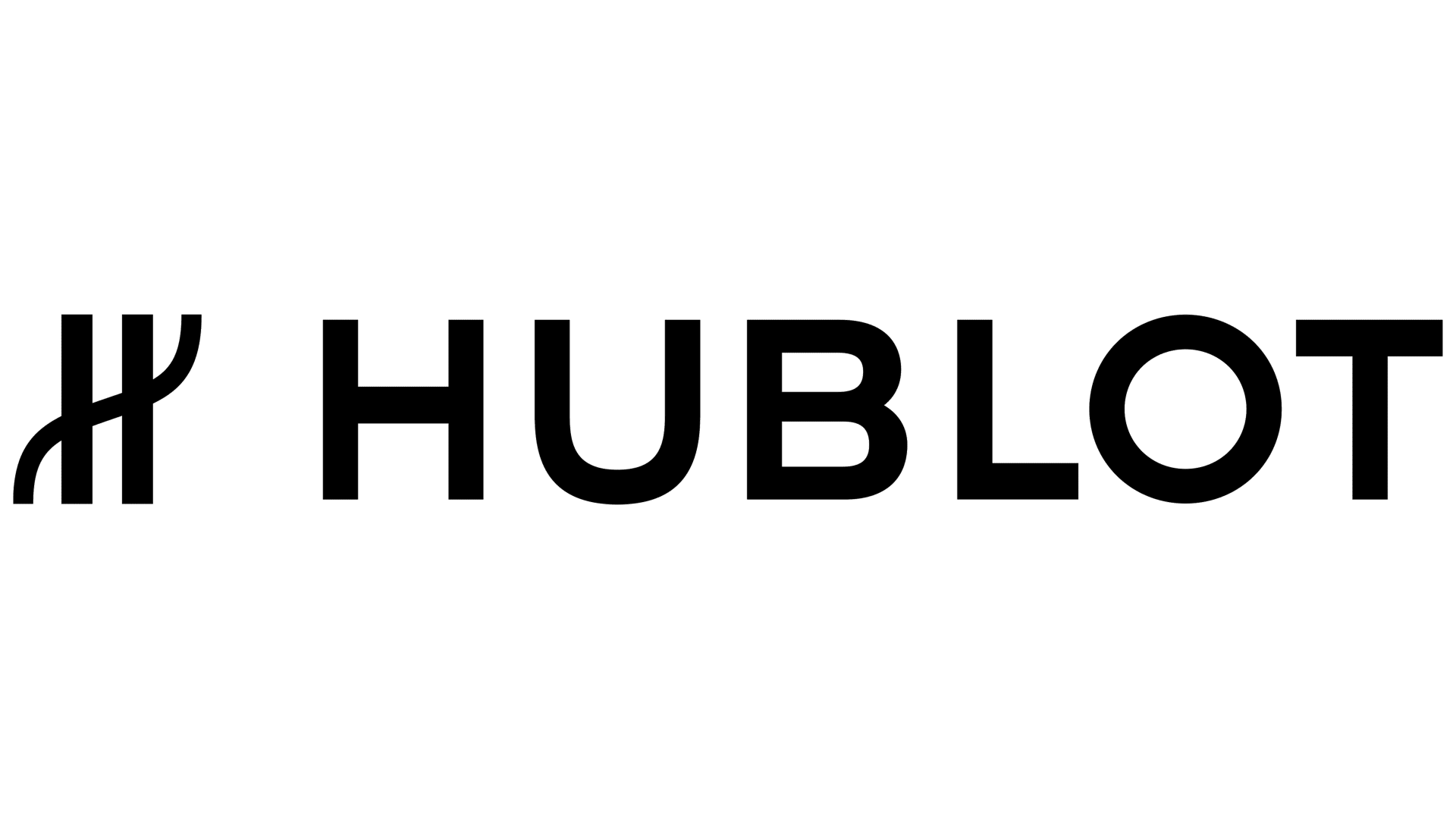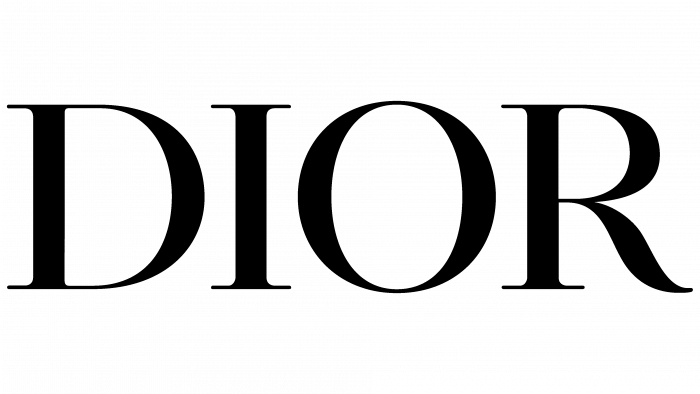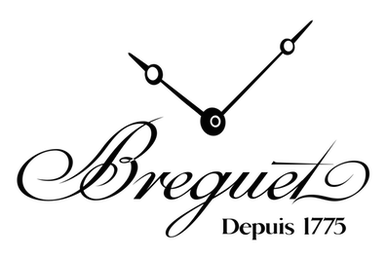Caspian Monarque: A gift from the Caspian Sea
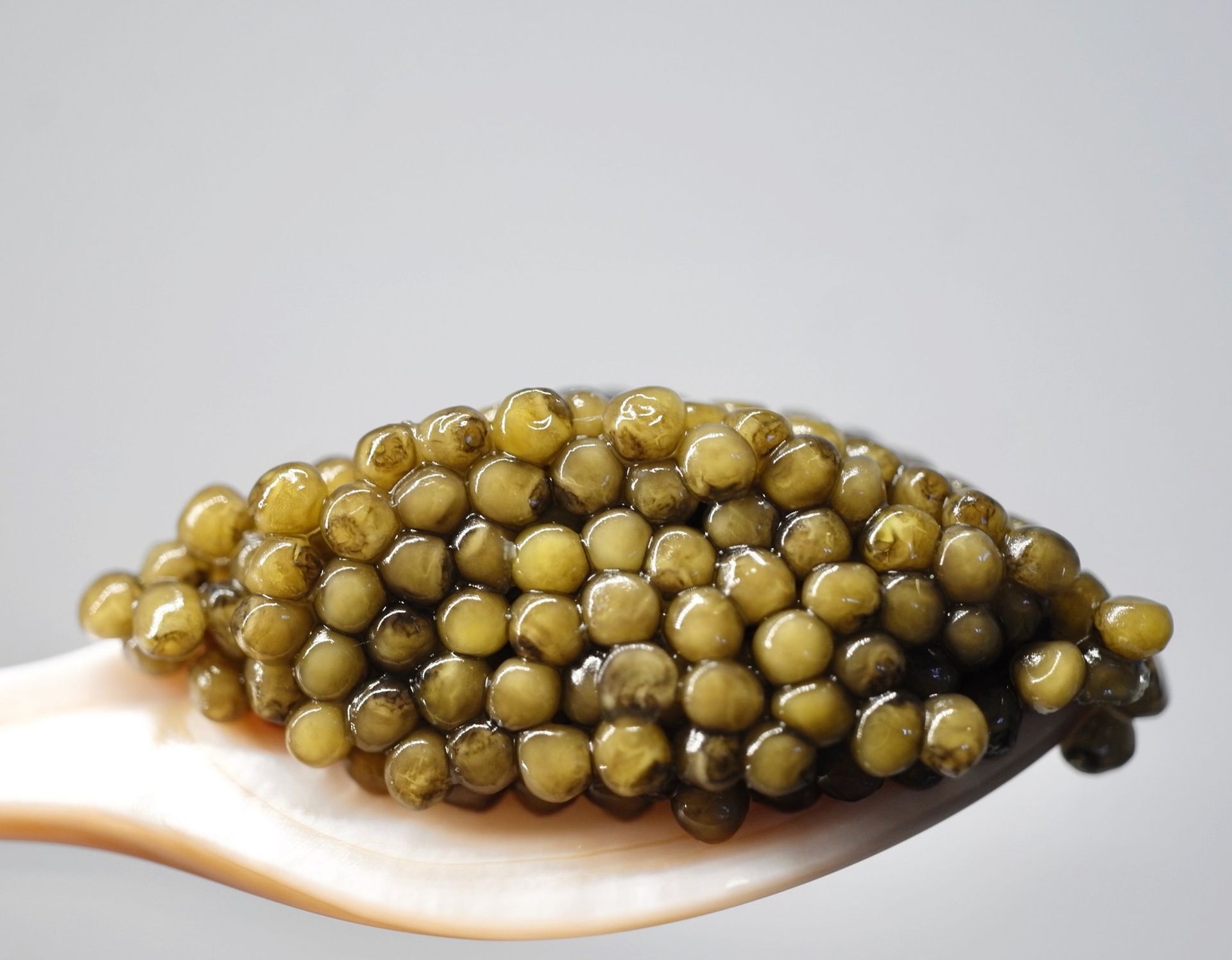
Caspian Monaque was established in 1994 and is one of the very few caviar producers that now breed sturgeon in the Caspian Sea. Since then Caspian Monarque has helped pioneer transparency, highlighting the importance of regulation within the global caviar landscape. They’re the experts, channelling generational knowledge. Now they’re helping us demystify the gastronomic jewel of the Caspian Sea: Caviar.
Caviar is the roe from the species of sturgeon – the common name for slow-growing fish belonging to the Acipenseridae family. This toothless prehistoric fish has thrived feeding in the depths of the Caspian Sea for centuries and has in part shaped the Persian economic landscape throughout history. As early as the days of Aristotle, Persian caviar established itself as a rare luxury due to the deep, cold waters off the country’s northern sea coast.
Now known as the country of Iran, the caviar from this area is still considered to be the finest in the world. This is due to a geological ridge that runs down the middle of the Caspian Sea. The Iranian shore along the Southern Caspian is deeper and colder, with oceanic depths of over 1,000 m (3,300 ft), greatly exceeding the depth of the north shores and other regional seas, such as the Persian Gulf. Sturgeon grow more slowly here and give rise to a different type of fish than that found around the Northern Caspian.
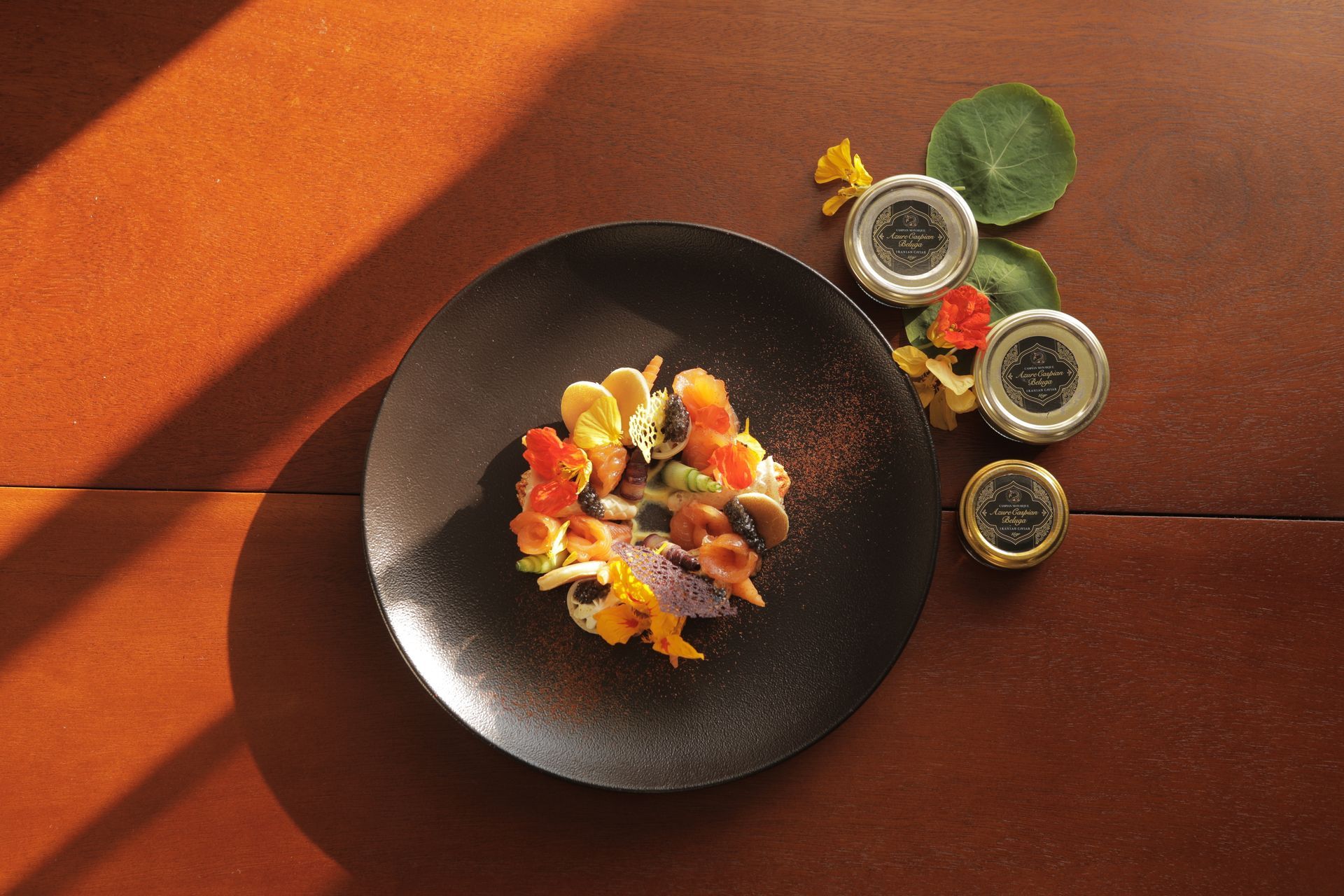
As caviar gained popularity throughout the 19th and 20th centuries, Russian companies monopolised the Caspian Sea originally with the Iranian Shah’s blessings. But following the downfall of the soviet union, Iran banned Russia from farming in the Caspian Sea and secured sovereign right to the production of sturgeon in the southern part of the Caspian Sea, which also permitted consumption of caviar by Iranians as well.
However, by this point caviar was associated with wealth and status. With many Russian oligarchs and other international high net-woth individuals and industry still craving the little salty gems. So, to keep up with the demand and access to caviar, artificial farms began to pop-up globally.
Displacement and manipulation of the fish is prevalent, along with pesticides, genetically modified produce, additives and many more interferences taking the caviar away from its ancestry.
Farm-raising fish for fresh caviar does not have the same results when the waters and feed used are not from the same ecosphere where it would naturally grow. It has a major impact on the taste and nutritional quality of the caviar. The Southern Caspian Sea is considered the perfect environment for the world’s most exceptional and flavourful caviar, thanks to its unique, distinct location. Iranian caviar is a rich source of protein, omega-3 fatty acids, and vitamins A, B12, and D.
Caspian Monarque is one of the few producers still harvesting caviar straight from the Caspian Sea, making their caviar more exclusive than the already luxurious and elite product status caviar holds.
Following the increase in popularity in caviar we’ve seen in the past 100 years or so, has sadly led to the Sturgeon species becoming endangered. Therefore, the sale of farmed caviar around the world is heavily regulated. As this type of aquaculture handles the endangered sturgeon, many of the regulations in practice are based on sustainability and ethical production for the benefit of the fish.
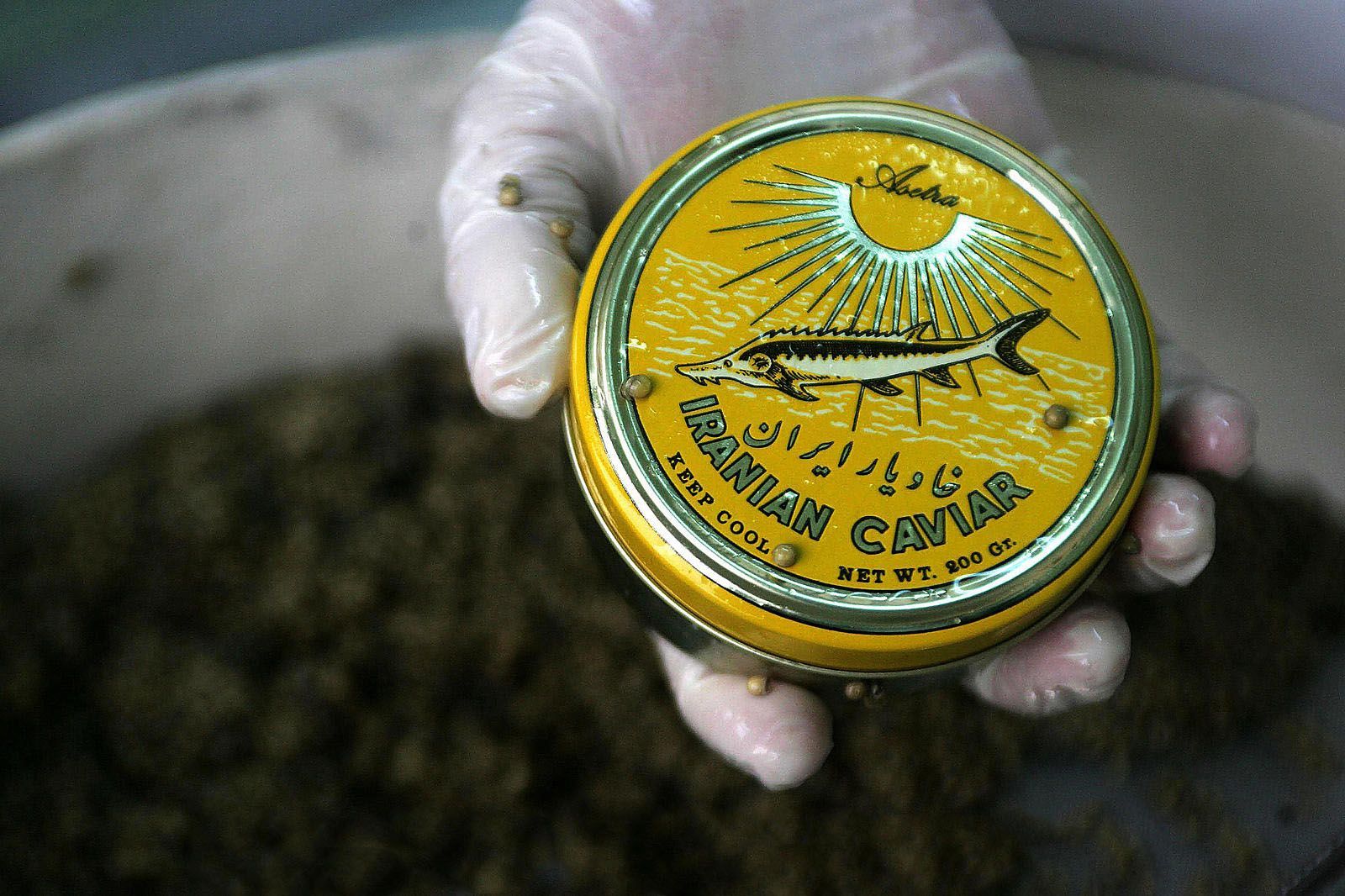
In 2006 CITES (Convention on International Trade in Endangered Species of Wild Fauna and Flora) included Sturgeon in their unified international legislation. This created what was intended to be a level playing field for those profiting from and handling these prehistoric fish; to put the care and conservation of sturgeon first and business second.
However, in marketing and packaging, the regulation of branding authenticity is not prevalent. Many companies and businesses farm sturgeon in large quantities across the globe in artificial breeding grounds and industrial farms. Then to follow the historical trend of the product label it as Iranian or Russian, when in fact nothing about the product, fish or company is located in these countries.
Fortunately, for shoppers all over the world CITES has created a specific marketing label helping break down the traceability of the products. This informs each customer of the country from where the caviar originated, e.g. for the Caspian Sea, “RU” denotes Russia from the Northern Caspian, or “IR” from Iran and the deeper waters of the Southern Caspian.
A label such as HUS/C/IR/2019/605/G01 would translate as Species (HusoHuso-Beluga)/Captive/Iranian/HarvestYear/Code of Processing Plant/Lot ID number. This should be followed by the tin number.
These labels can be found on the bottom of the tin - the boring side of a usually golden and beautiful tin. When looking for caviar, you’re looking for the two initials in the centre to read ‘RU’ or ‘IR’ indicating that the sturgeon grew up in the Caspian Sea, its natural habitat.
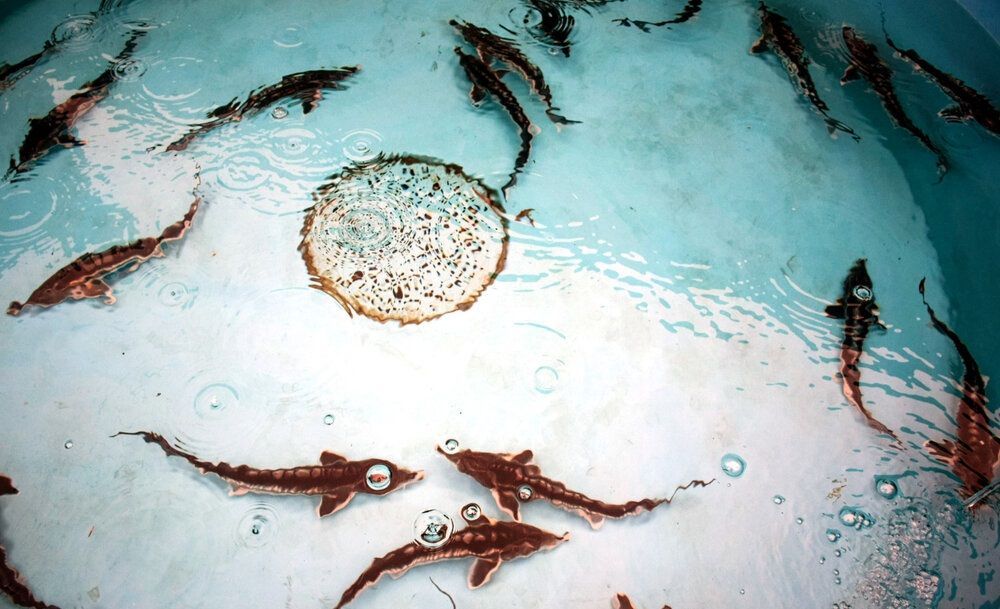
Caspian Monarque prides itself on its authenticity. They are one of few producers of traditional and authentic Iranian-grown and harvested caviar, where the fish live in the environment where they naturally evolved.
With a range of caviars, including the iconic Beluga and the rare and precious Almas, Caspian Monarque is the embodiment of splendour and quality.
With caviar becoming more popular and accessible, Caspian Monarque centres it back to the jewel of gastronomy it was founded upon.
To explore the whole range of Caspian Monarque caviar check out their website:
